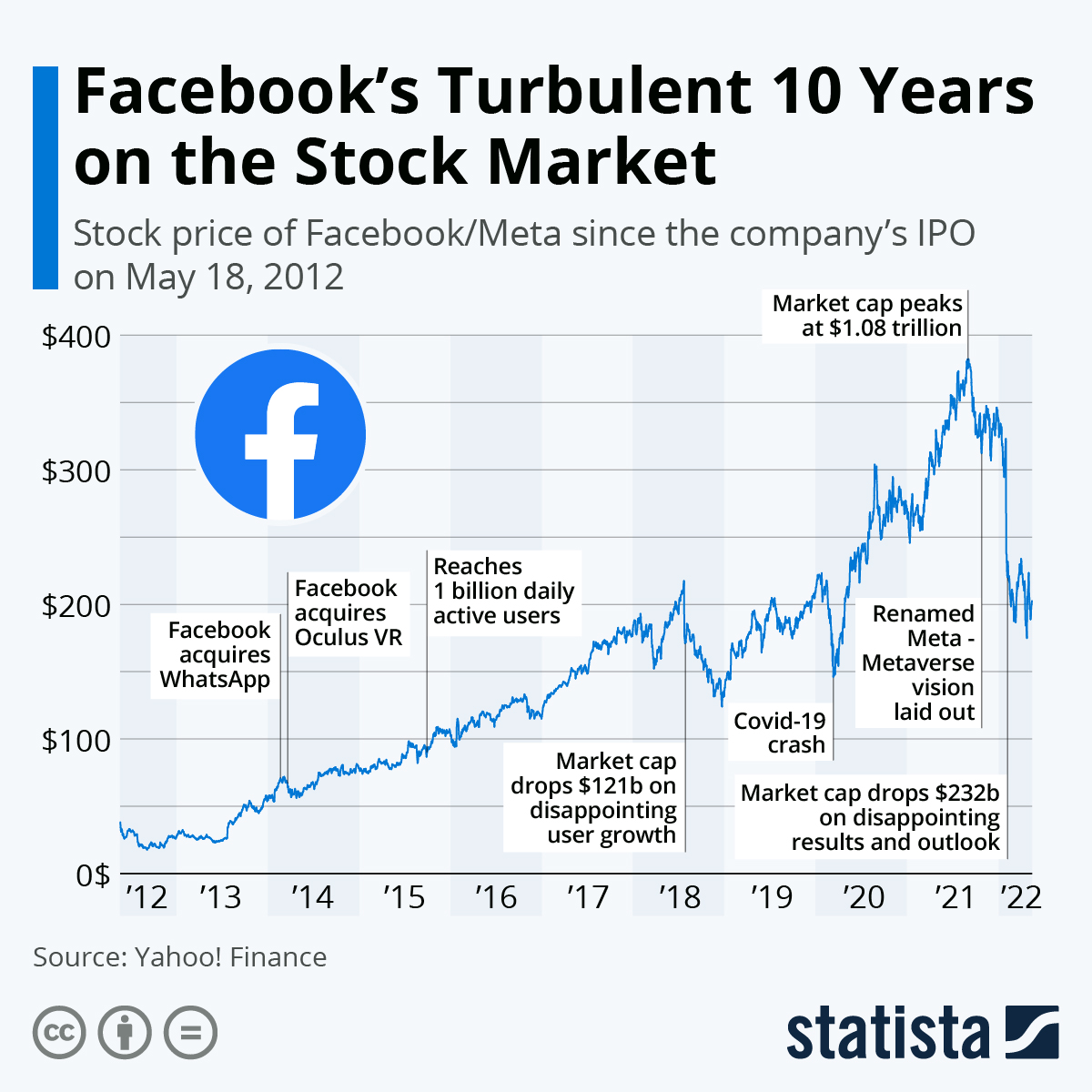
Technical analysis is one of many important aspects in Forex trading. Technical analysis uses past data to predict future price movements. The fundamentals of technical analysis are essential if you wish to become a successful Forex trader.
Technical analysis can be used to determine the value of an investment and the best price to trade it. It also determines how long you should hold the position. These strategies can be used in any market. However, the strategy's effectiveness will depend on the currency and the market in which it is traded.
The primary goal of technical analysis is to identify price levels and target price levels that are most suitable for your trading strategies. This can be done with a variety of tools, such as trend indicators or Fibonacci lines. Fibonacci is used to identify support/resistance levels. Fibonacci regressions range in percentage from 23.6 percent to 50%.

The highest performing technical analysis rules generated 9.5 percent annual returns. There are a few things to remember before applying any of these strategies. A successful strategy should be backed with years of trading expertise and should be tested against historical data. Other factors can also impact the success of your strategy, such as leverage and swaps.
The most important point to consider is that while there are many technical indicators, there is no such thing as the best. You might be surprised to find that a particular indicator works best on certain markets and not others. One example is that a moving average crossover strategy could have a high winning rate but not as effective.
Volatility in the market is also an important consideration. Volatility can cause your strategy or even fail. This is especially true for traders who trade against a trend. This drawdown could prove to be self-fulfilling.
The best strategy is to use technical analysis to find reliable trades. Technical indicators allow you to spend less time looking for other investment opportunities. The best strategies use several indicators, such as the moving average and trend indicators. Strategy that incorporates trend indicators and moving averages can produce an 80 percent win rate.

It's best to study the right techniques and use them daily to make technical analysis work. This will increase the chances of your success. You will not be a "patsy". This is because you don't need information about why the price is increasing or when it will drop.
It is difficult to decide which technical indicator is best. Trader's most favorite indicators are often incorporated into standard strategies, while other traders may have a different preference. But it is better to pick one that stands out.
FAQ
What is a bond and how do you define it?
A bond agreement is an agreement between two or more parties in which money is exchanged for goods and/or services. It is also known to be a contract.
A bond is normally written on paper and signed by both the parties. The document contains details such as the date, amount owed, interest rate, etc.
The bond is used when risks are involved, such as if a business fails or someone breaks a promise.
Many bonds are used in conjunction with mortgages and other types of loans. This means that the borrower will need to repay the loan along with any interest.
Bonds are also used to raise money for big projects like building roads, bridges, and hospitals.
A bond becomes due when it matures. This means that the bond's owner will be paid the principal and any interest.
Lenders are responsible for paying back any unpaid bonds.
What's the difference between a broker or a financial advisor?
Brokers are individuals who help people and businesses to buy and sell securities and other forms. They take care of all the paperwork involved in the transaction.
Financial advisors can help you make informed decisions about your personal finances. They can help clients plan for retirement, prepare to handle emergencies, and set financial goals.
Banks, insurance companies or other institutions might employ financial advisors. They could also work for an independent fee-only professional.
It is a good idea to take courses in marketing, accounting and finance if your goal is to make a career out of the financial services industry. Also, it is important to understand about the different types available in investment.
Why is it important to have marketable securities?
An investment company's main goal is to generate income through investments. It does this through investing its assets in various financial instruments such bonds, stocks, and other securities. These securities are attractive because they have certain attributes that make them appealing to investors. They can be considered safe due to their full faith and credit.
Marketability is the most important characteristic of any security. This is how easy the security can trade on the stock exchange. A broker charges a commission to purchase securities that are not marketable. Securities cannot be purchased and sold free of charge.
Marketable securities are government and corporate bonds, preferred stock, common stocks and convertible debentures.
These securities are a source of higher profits for investment companies than shares or equities.
How can I find a great investment company?
A good investment manager will offer competitive fees, top-quality management and a diverse portfolio. The type of security that is held in your account usually determines the fee. Some companies don't charge fees to hold cash, while others charge a flat annual fee regardless of the amount that you deposit. Others charge a percentage on your total assets.
Also, find out about their past performance records. If a company has a poor track record, it may not be the right fit for your needs. Avoid companies that have low net asset valuation (NAV) or high volatility NAVs.
You should also check their investment philosophy. Investment companies should be prepared to take on more risk in order to earn higher returns. If they're unwilling to take these risks, they might not be capable of meeting your expectations.
Statistics
- For instance, an individual or entity that owns 100,000 shares of a company with one million outstanding shares would have a 10% ownership stake. (investopedia.com)
- Ratchet down that 10% if you don't yet have a healthy emergency fund and 10% to 15% of your income funneled into a retirement savings account. (nerdwallet.com)
- Individuals with very limited financial experience are either terrified by horror stories of average investors losing 50% of their portfolio value or are beguiled by "hot tips" that bear the promise of huge rewards but seldom pay off. (investopedia.com)
- US resident who opens a new IBKR Pro individual or joint account receives a 0.25% rate reduction on margin loans. (nerdwallet.com)
External Links
How To
How to make a trading plan
A trading plan helps you manage your money effectively. It will help you determine how much money is available and your goals.
Before you start a trading strategy, think about what you are trying to accomplish. You may wish to save money, earn interest, or spend less. If you're saving money, you might decide to invest in shares or bonds. If you are earning interest, you might put some in a savings or buy a property. And if you want to spend less, perhaps you'd like to go on holiday or buy yourself something nice.
Once you have a clear idea of what you want with your money, it's time to determine how much you need to start. This depends on where you live and whether you have any debts or loans. Also, consider how much money you make each month (or week). Income is what you get after taxes.
Next, you will need to have enough money saved to pay for your expenses. These include rent, food and travel costs. Your total monthly expenses will include all of these.
You'll also need to determine how much you still have at the end the month. This is your net discretionary income.
You now have all the information you need to make the most of your money.
Download one from the internet and you can get started with a simple trading plan. Ask an investor to teach you how to create one.
Here's an example.
This shows all your income and spending so far. It also includes your current bank balance as well as your investment portfolio.
And here's another example. This was designed by a financial professional.
It will help you calculate how much risk you can afford.
Remember: don't try to predict the future. Instead, focus on using your money wisely today.